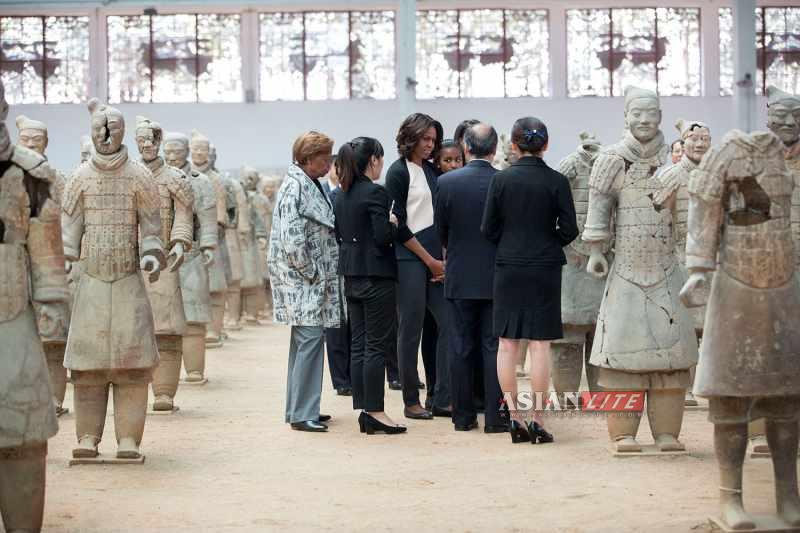Vatsal Srivastava in his Column: Currency Corner for Asian Lite, top Asian newspaper for the South Asian diapsora, says hard landing’ of China’s property market is not the base case scenario
 The first quarter of 2014 saw bearish news flow out of China on a regular basis. Out of all the disappointing economic releases – the first corporate bond default, the shrinking export numbers, and the PBOC intervention to abate the appreciation of the yuan – it is perhaps the risk of the property bubble bursting which poses the greatest risk to the global macro recovery.
The first quarter of 2014 saw bearish news flow out of China on a regular basis. Out of all the disappointing economic releases – the first corporate bond default, the shrinking export numbers, and the PBOC intervention to abate the appreciation of the yuan – it is perhaps the risk of the property bubble bursting which poses the greatest risk to the global macro recovery.
But China has faced several property market downturns over the past decade – 2004-05, 2007-08, and 2010-11. However, as the UBS economics research team points out, all of these previous downturns were followed by credit tightening by policymakers whereas the current slowdown has not been followed by any such policy measure. Credit growth and mortgage approvals have slowed in recent months but this is nowhere close to the sudden credit freezes and strict administrative controls which we witnessed following the previous downturns, according to UBS.
The likelihood of a sub-five percent growth rate in China is still a low-probability event. There are two key reasons why it is unlikely the Chinese property market will crash. Firstly, unlike the United States and many of its western counterparts, the balance sheet of a Chinese household is strong, thus implying the use of lesser leverage by a home owner. Thus, we can expect the mortgage delinquency rate to remain manageable and a “fire-sale” will be unlikely. This, in turn, would imply that property prices may be stickier than elsewhere and the wealth effect may be smaller. Secondly, as the UBS note points out, “the government has some levers to pull to stabilize the property sector and support economic growth. It has already started to increase infrastructure investment, accelerate social housing constructions and pushed forward with growth-enhancing reform measures, including cutting down government approvals and procedures, opening more sectors to private investment, expanding social safety net coverage, and reducing tax for small and micro businesses. The government can also relax home purchase restrictions in tier-I and tier-II cities (some relaxation has already begun quietly), ease credit restrictions to the property sector, reduce down payment requirements, and relax hukou system in lower tier cities to boost property demand”. However, these may not bring back investment demand in housing back on the table.
The key question which remains to be answered is how far Beijing is willing to go to make the property market the key engine to China’s GDP growth. If it is indeed committed to its long-term goal of structurally re-balancing the real economy, property policies may not be eased in a hurried manner over the near term. The reality that property construction has outpaced urbanization in recent years must be accepted and supply-demand dynamics should be allowed to tend towards equilibrium levels.
This readjustment process would be long and while it would be necessary for the real economy, it may bring pain to equity investors as growth remains stuck well below the rates seen in pre-crisis levels. The price behavior of copper can be used as a good analytical indicator. Copper bottomed out (along with the Shanghai Composite Index) below $29 when the RSI was in heavily oversold territory (below 30) in March this year. Since then copper has staged a smooth rally on the back of China’s stimulus package and the rally in the most important commodity currency – the Australian dollar. However, at this point, we should note that the technical charts do not point to a bottom confirmation at the March lows and copper is exposed to further downside if Chinese data disappoints to a great extent in the coming weeks. One can expect Chinese equities to follow the price action in copper in that case, as history suggests.